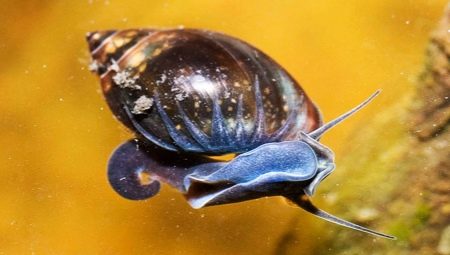Very often, the inhabitants of home aquariums are not only decorative fish, but also a variety of snails. Sometimes they accidentally enter the aquarium with the plants on which the caviar is located, or with the soil. It should be remembered that each type of snail has its own characteristics and requirements for maintenance at home.
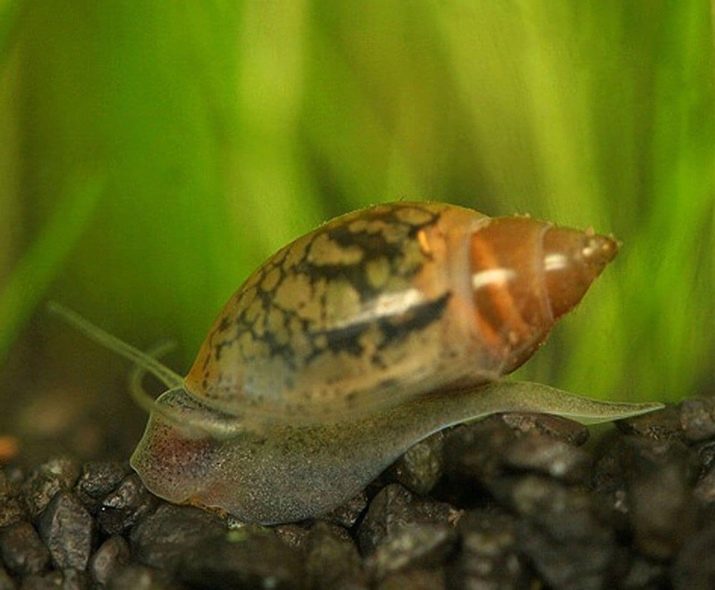
Where is it found in nature?
Physa snail (Physa) belongs to the genus Physa and the family Physis. In the wild, she very often prefers to live in the slow-flowing waters of streams, ponds, lakes and swamps.
Fiza lives at the bottom in the silt, crawling along the remains of plants and roots, hiding under the leaves.
These mollusks are widespread in Europe, in Central and East Asia, as well as in northern Africa. Pointed fiza is found in the waters of the Dnieper, Don and in rivers flowing through the territory of Transcaucasia.
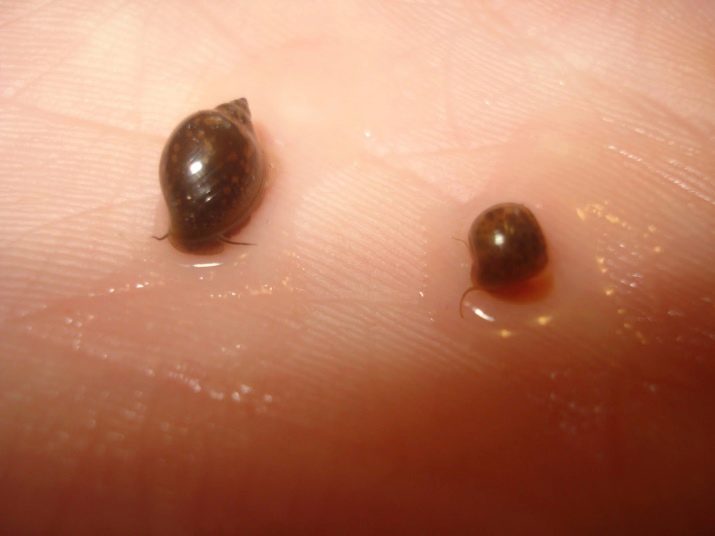
Main types
As an object of aquarium breeding the most The following types of snails are known.
- Fiza is pimply (or bubbly). This is the owner of a small rounded ovoid shell, which is transparent and has thin walls. The smooth surface of the shell is usually horny or yellow. The curl is dull in shape and consists of 3-4 turns, the turns are always twisted to the left.
The body of the mollusk (pseudopod) is blue-black. Thin movable tentacles are located far from each other.
In the aquarium, the pimple does not grow more than 8-9 mm in length, in natural conditions it can reach 15 mm.
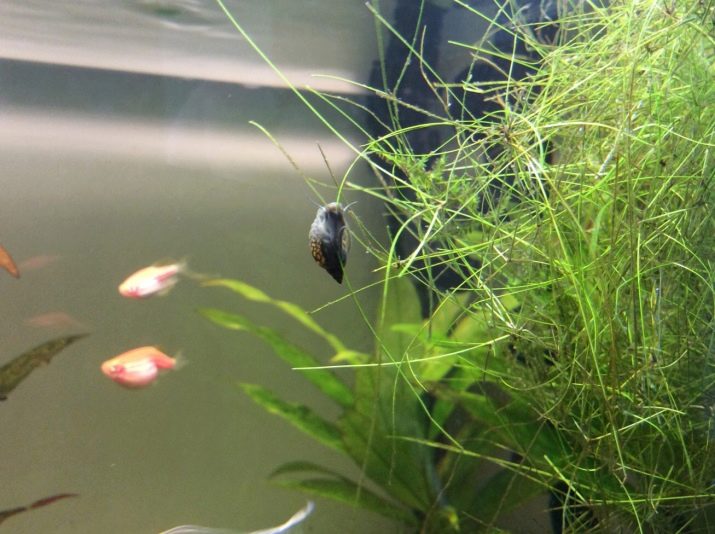
- Fiza is pointed. This species is larger, snails can grow up to 17 mm. The mollusk has a shell with 5 turns, with a point on top. The color of the shell can vary from pink to brown.Fiza has a pointed body of a dark gray color with golden dots that shine through the shell.
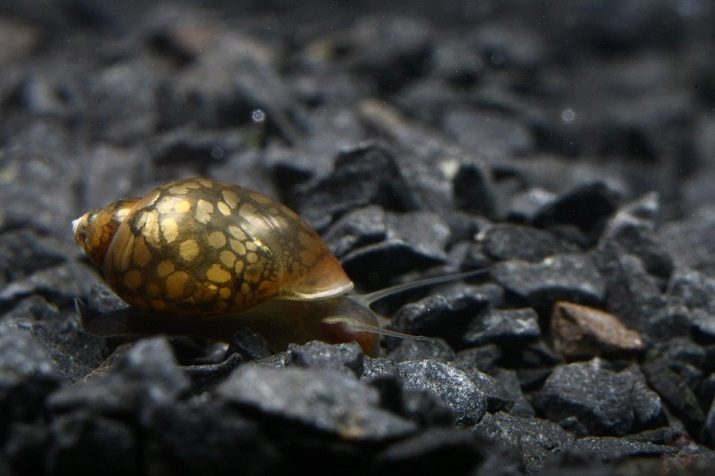
Characteristics
These snails can produce thin, but durable cobwebs, which are often called cords. With the help of such a web, the physicist marks the place of her habitat. The snail thread secures to the lower leaves of plants or to pebbles, and then slowly rises above and pulls the cord along with it. Having reached the top of the plant, Fiza secures the second end of the web to the top sheet of the plant.
Having done this several times, the snail gets a convenient road for a quick descent and ascent.
These cords are necessary for the physicist in order to quickly reach the surface, as it breathes atmospheric air. The web lasts 15-20 days and can be used by other snails of this species. Fiza is a pulmonary mollusk and breathes with the help of the lungs. The breathing process also occurs with the help of the mantle (skin respiration). The edge of the mantle is divided into blades and wrapped in a shell, as a result of which the contact area of the mantle and water, which is saturated with oxygen, increases.
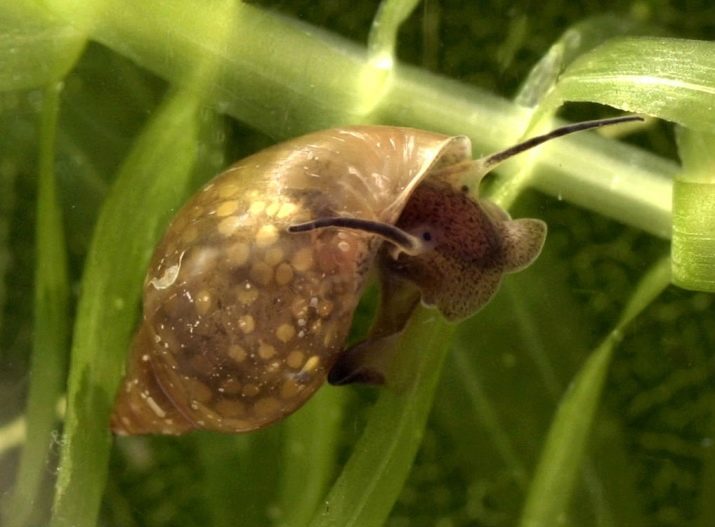
The necessary conditions
Fiza snail is an unpretentious mollusk. She prefers water temperature from 20 degrees Celsius and above. The water in which the physicist is contained should be of moderate hardness. This species of snails feeds on food residues at the bottom of the aquarium and plaque on its walls. Physiologists can eat ornamental aquarium plants, especially with cirrus leaves, as well as young shoots.
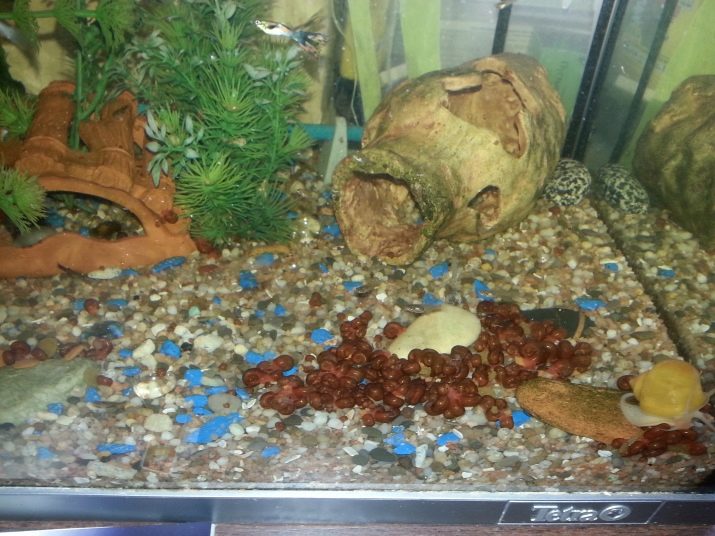
Breeding
Fiza has male and female reproductive organs in its body, that is, it is a natural hermaphrodite.
Snail eggs (caviar) have the appearance of a small sausage that physicists attach to aquarium plants, decor items or glass.
If the water temperature is 18-24 degrees, then the embryos develop within 12-14 days. Most often, young snails are born in summer or autumn. In the spring, physicists become adults and can lay their own eggs.
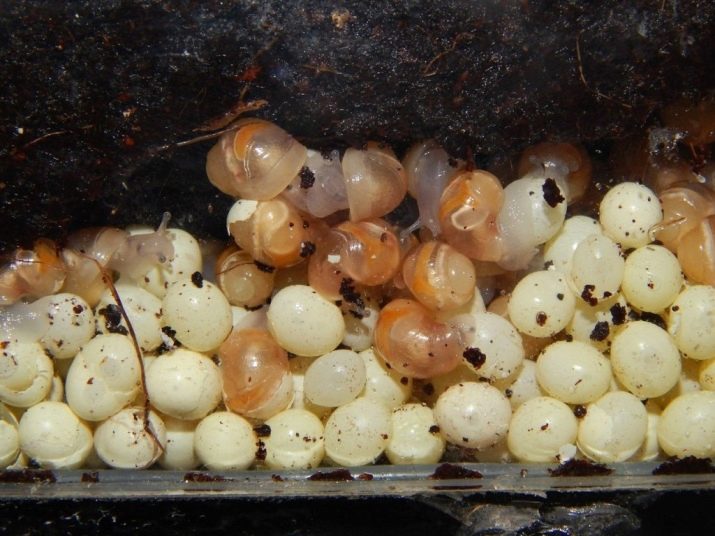
Advantages and disadvantages
Before you get a snail in the home aquarium, you should weigh the obvious benefits and possible harm as a result of such a choice. The positive points are as follows:
- Fiza destroys dead organic matter and dead plants;
- cleans the surface of the water from the film;
- frees the walls of the aquarium from green plaque;
- eats the rest of the feed.
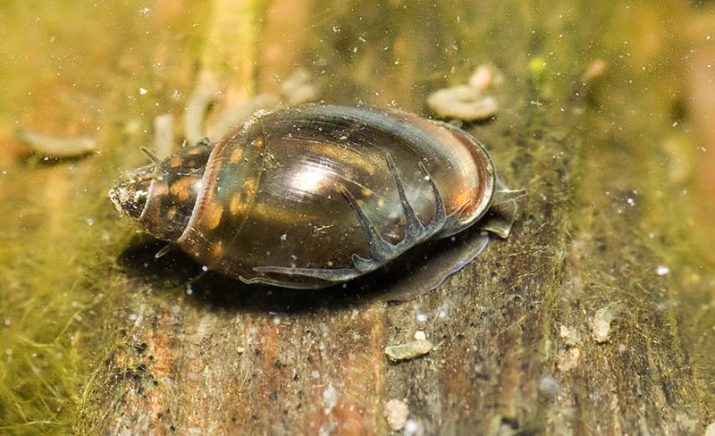
The negative aspects of the content include the following facts:
- physicists spoil aquarium algae, especially with cirrus leaves (hornwort, cabomb, pinnate leaves);
- quickly multiply and can disrupt the microclimate of the aquarium (18-26 pieces) of these snails on a medium-capacity tank is enough;
- Fiza snails can inadvertently break the shell of fish eggs.
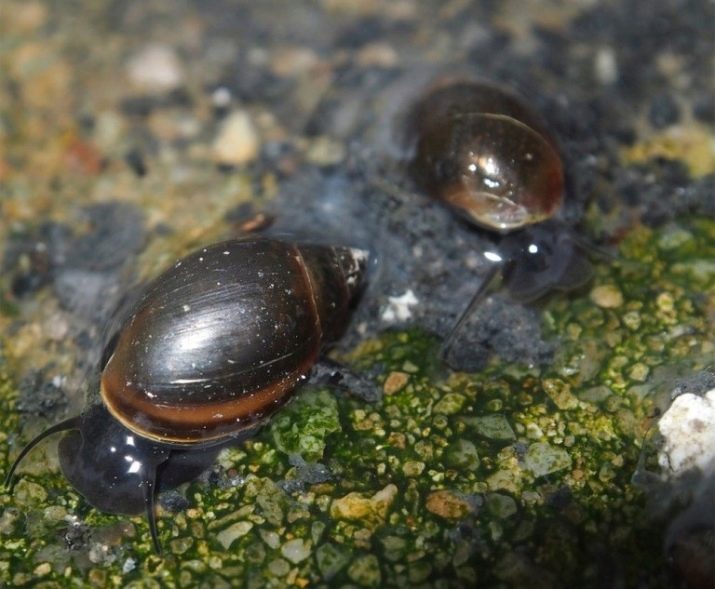
How to get rid?
If there are too many snails in the aquarium, Try to get rid of them in the following ways.
- Trapping. It is impossible to catch all individuals, but if you constantly catch a certain number of snails, you can adjust their number. Surplus can be presented to friends or sold.
- Helena snail. Having got this bright predatory snail in an aquarium with physicists, you can easily get rid of a physician in 1-2 months.
- Predatory fish. Such aquarium fish such as cichlids and macropods successfully eat these snails. You can also have catfish catfish, who eagerly eat caviar physical.
- Banana peel. Many aquarists have successfully used this simple method. A rotted banana skin is placed in a container with fish and physicists by tying a thread to it. When the snails stick to it, the peel is removed.
- Chemicals. This is the most dangerous option, as the ecosystem of the aquarium is disturbed. In addition, such means of killing snails contain copper, which adversely affects fish and plants.
- Complete cleaning of the aquarium. A radical and reliable way to deal with an excessive number of snails nat.But, remember that such a total treatment of the aquarium disrupts the biological balance, and it does not recover so quickly.

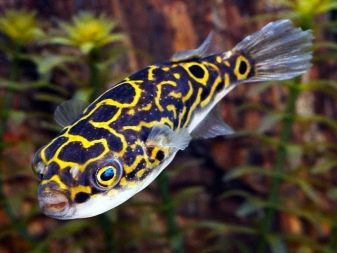
Fiza snails are unpretentious and well clean the space of the aquarium from excess organics.
It is interesting to watch them, especially small children like to see snails. It is only necessary to control the number of mollusks, and then they will give you only positive emotions.
On the pros and cons of snails in the aquarium, see the video.
